API Gateway: Architecture, Patterns & Best Practices

Modern distributed systems rely on effective traffic control, security, and observability at the edge. An API gateway centralizes those responsibilities, simplifying client access to microservices and serverless functions. This guide explains what an API gateway does, common architectural patterns, deployment and performance trade-offs, and design best practices for secure, scalable APIs.
What is an API Gateway?
An API gateway is a server-side component that sits between clients and backend services. It performs request routing, protocol translation, aggregation, authentication, rate limiting, and metrics collection. Instead of exposing each service directly, teams present a single, consolidated API surface to clients through the gateway. This centralization reduces client complexity, standardizes cross-cutting concerns, and can improve operational control.
Think of an API gateway as a policy and plumbing layer: it enforces API contracts, secures endpoints, and implements traffic shaping while forwarding requests to appropriate services.
Core Features and Architectural Patterns
API gateways vary in capability but commonly include:
- Routing and reverse proxy: Direct requests to the correct backend based on path, headers, or other criteria.
- Authentication and authorization: Validate tokens (JWT, OAuth2), integrate with identity providers, and enforce access policies.
- Rate limiting and quotas: Protect backend services from overload and manage multi-tenant usage.
- Request/response transformation: Convert between protocols (HTTP/gRPC), reshape payloads, or aggregate multiple service calls.
- Observability: Emit metrics, traces, and structured logs for monitoring and debugging.
Common patterns include:
- Edge gateway: A public-facing gateway handling authentication, CDN integration, and basic traffic management.
- Internal gateway: Placed inside the trust boundary to manage east-west traffic within a cluster or VPC.
- Aggregating gateway: Combines multiple backend responses into a single client payload, useful for mobile or low-latency clients.
- Per-tenant gateway: For multi-tenant platforms, separate gateways per customer enforce isolation and custom policies.
Deployment Models and Performance Considerations
Choosing where and how to deploy an API gateway affects performance, resilience, and operational cost. Key models include:
- Managed cloud gateways: Providers offer scalable gateways with minimal operational overhead. They simplify TLS, identity integration, and autoscaling but can introduce vendor lock-in and per-request costs.
- Self-managed gateways: Run on Kubernetes or VMs for full control over configuration and plugins. This model increases operational burden but enables custom routing logic and deep integration with internal systems.
- Sidecar or service mesh complement: In service mesh architectures, a gateway can front the mesh, delegating fine-grained service-to-service policies to sidecar proxies.
Performance trade-offs to monitor:
- Latency: Each hop through the gateway adds processing time. Use lightweight filters, compiled rules, and avoid heavy transformations on hot paths.
- Concurrency: Ensure the gateway and backend services scale independently. Backpressure, circuit breakers, and backoff strategies help prevent cascading failures.
- Caching: Edge caching can drastically reduce load and latency for idempotent GET requests. Consider cache invalidation and cache-control headers carefully.
Design Best Practices and Security Controls
Adopt practical rules to keep gateways maintainable and secure:
- Limit business logic: Keep the gateway responsible for orchestration and policy enforcement, not core business rules.
- Token-based auth and scopes: Use scoped tokens and short lifetimes for session tokens. Validate signatures and token claims at the gateway level.
- Observability-first: Emit structured logs, metrics, and distributed traces. Correlate gateway logs with backend traces for faster root cause analysis.
- Throttling and quotas: Set conservative defaults and make limits configurable per client or plan. Implement graceful degradation for overloaded backends.
- Policy-driven config: Use declarative policies (e.g., YAML or CRDs) to version and review gateway rules rather than ad-hoc runtime changes.
AI and analytics tools can accelerate gateway design and operating decisions by surfacing traffic patterns, anomaly detection, and vulnerability signals. For example, products that combine real-time telemetry with model-driven insights help prioritize which endpoints need hardened policies.
Build Smarter Crypto Apps & AI Agents with Token Metrics
Token Metrics provides real-time prices, trading signals, and on-chain insights all from one powerful API. Grab a Free API Key
What is an API gateway vs service mesh?
These technologies complement rather than replace each other. The API gateway handles north-south traffic (client to cluster), enforcing authentication and exposing public endpoints. A service mesh focuses on east-west traffic (service-to-service), offering fine-grained routing, mTLS, and telemetry between microservices. Many architectures use a gateway at the edge and a mesh internally for granular control.
FAQ: Common Questions About API Gateways
How does an API gateway impact latency?
A gateway introduces processing overhead for each request, which can increase end-to-end latency. Mitigations include optimizing filters, enabling HTTP/2 multiplexing, using local caches, and scaling gateway instances horizontally.
Do I need an API gateway for every architecture?
Not always. Small monoliths or single-service deployments may not require a gateway. For microservices, public APIs, or multi-tenant platforms, a gateway adds value by centralizing cross-cutting concerns and simplifying client integrations.
What security measures should the gateway enforce?
At minimum, the gateway should enforce TLS, validate authentication tokens, apply rate limits, and perform input validation. Additional controls include IP allowlists, web application firewall (WAF) rules, and integration with identity providers for RBAC.
Can API gateways aggregate responses from multiple services?
Yes. Aggregation reduces client round trips by composing responses from multiple backends. Use caching and careful error handling to avoid coupling performance of one service to another.
How do I test and version gateway policies?
Use a staging environment to run synthetic loads and functional tests against gateway policies. Store configurations in version control, run CI checks for syntax and policy conflicts, and roll out changes via canary deployments.
Is it better to use a managed gateway or self-host?
Managed gateways reduce operational overhead and provide scalability out of the box, while self-hosted gateways offer deeper customization and potentially lower long-term costs. Choose based on team expertise, compliance needs, and expected traffic patterns.
Disclaimer
This article is for educational and technical information only. It does not constitute investment, legal, or professional advice. Readers should perform their own due diligence when selecting and configuring infrastructure components.
Create Your Free Token Metrics Account

.png)




%201.svg)
%201.svg)


%201.svg)



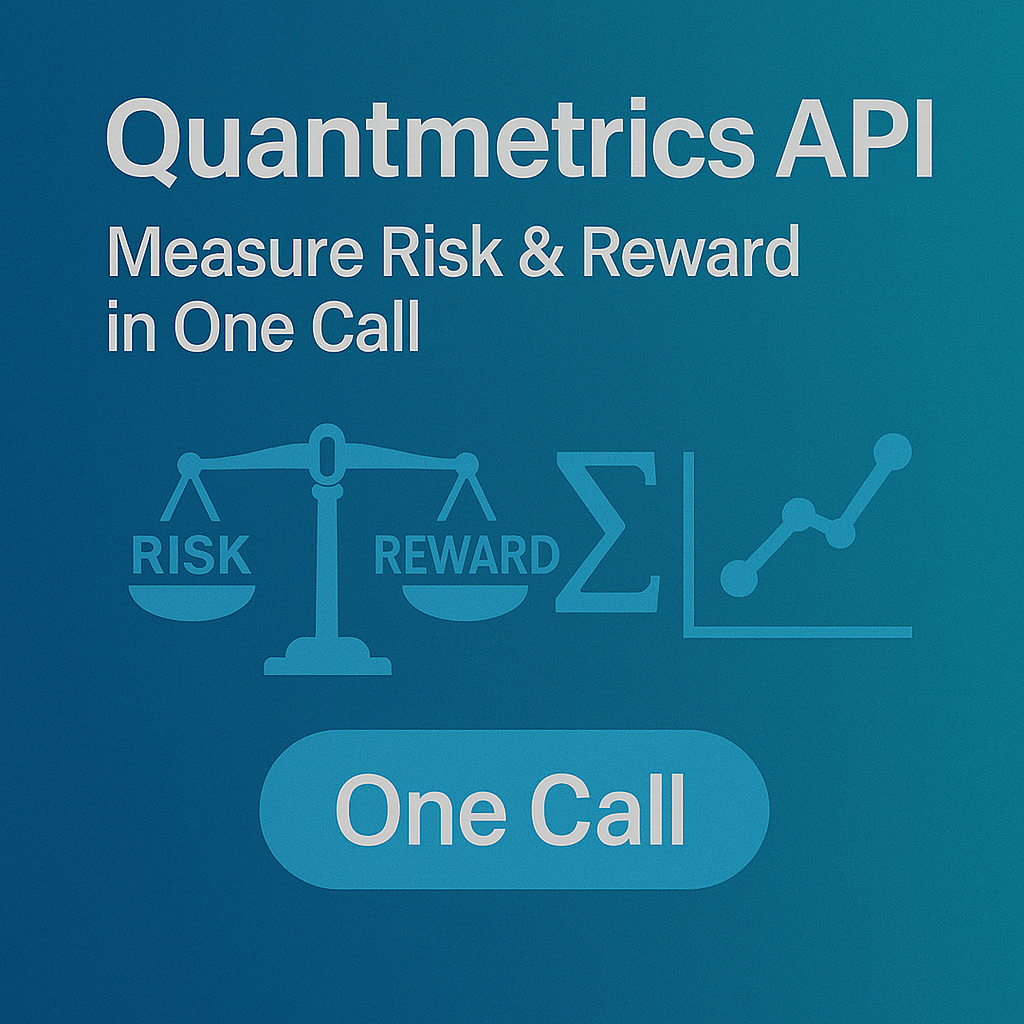
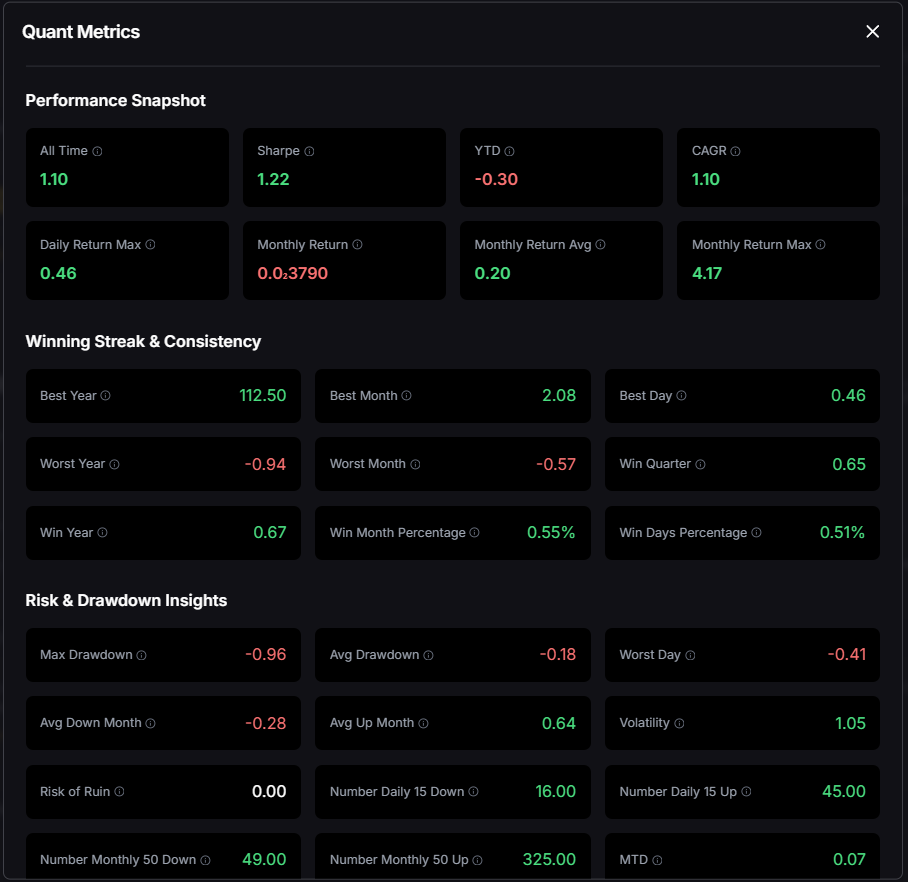
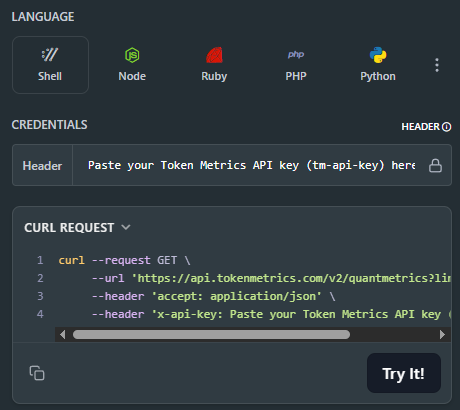
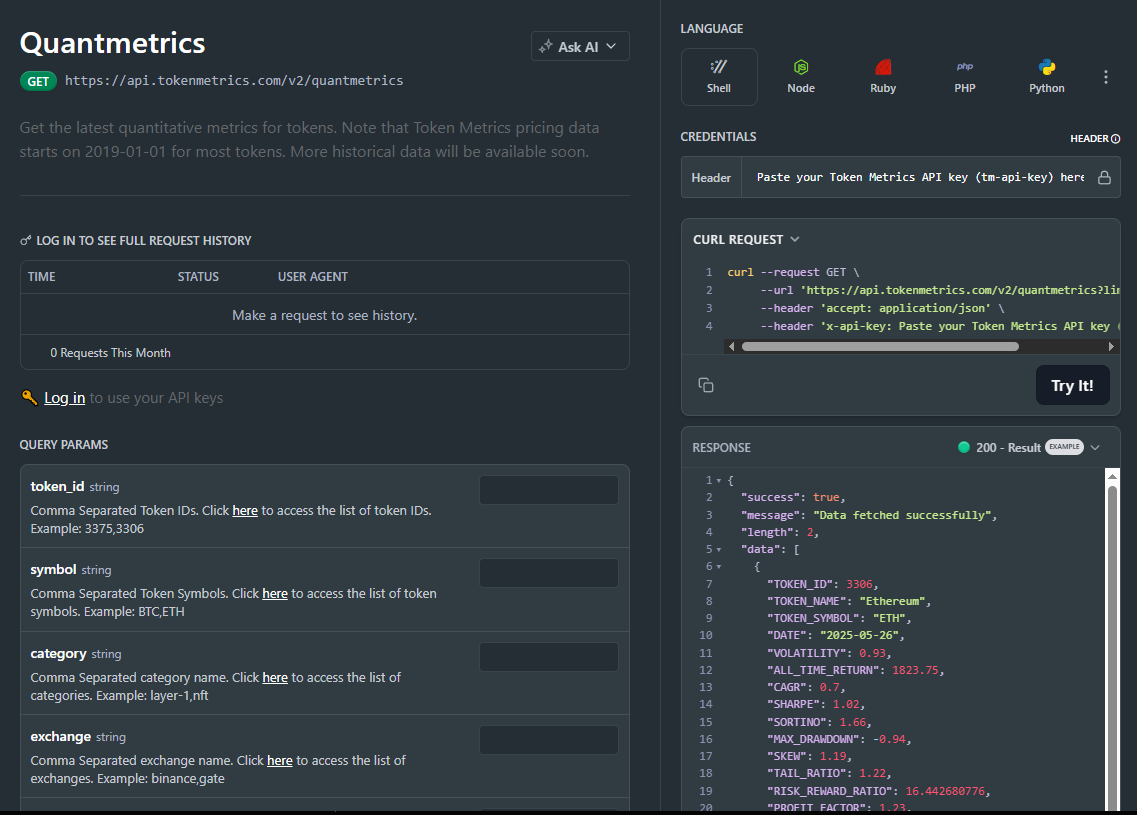
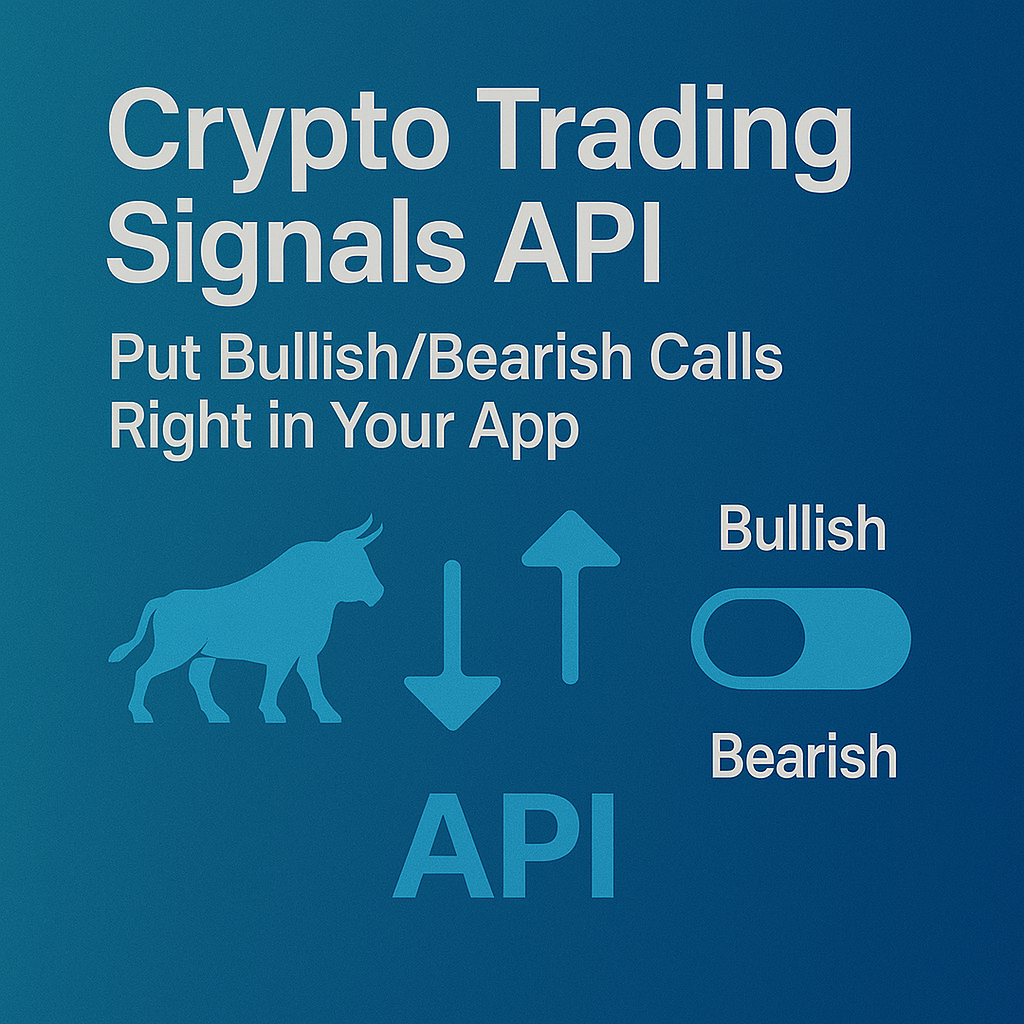
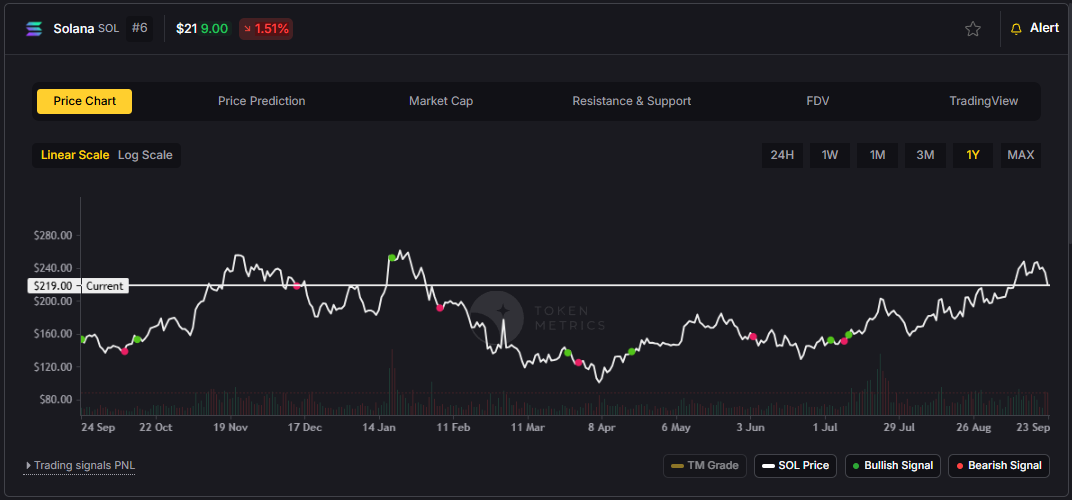
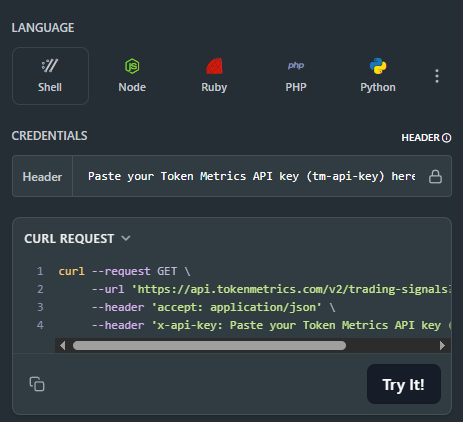
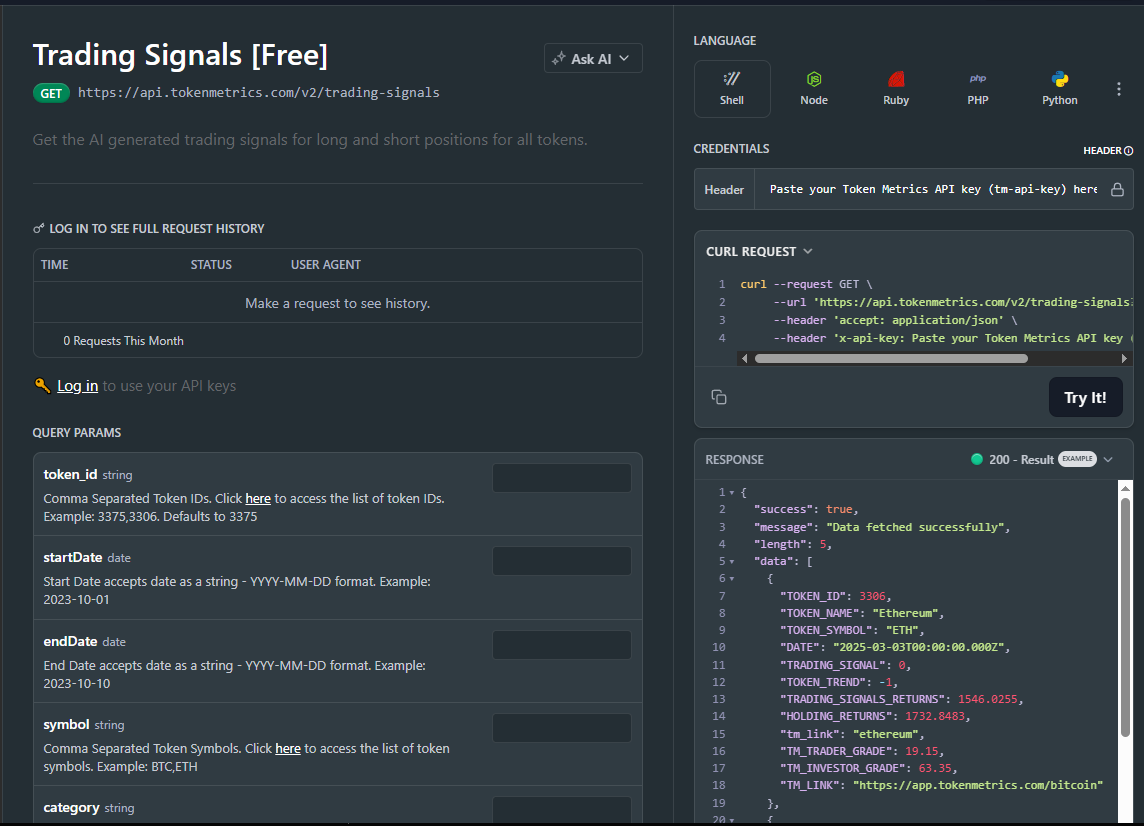
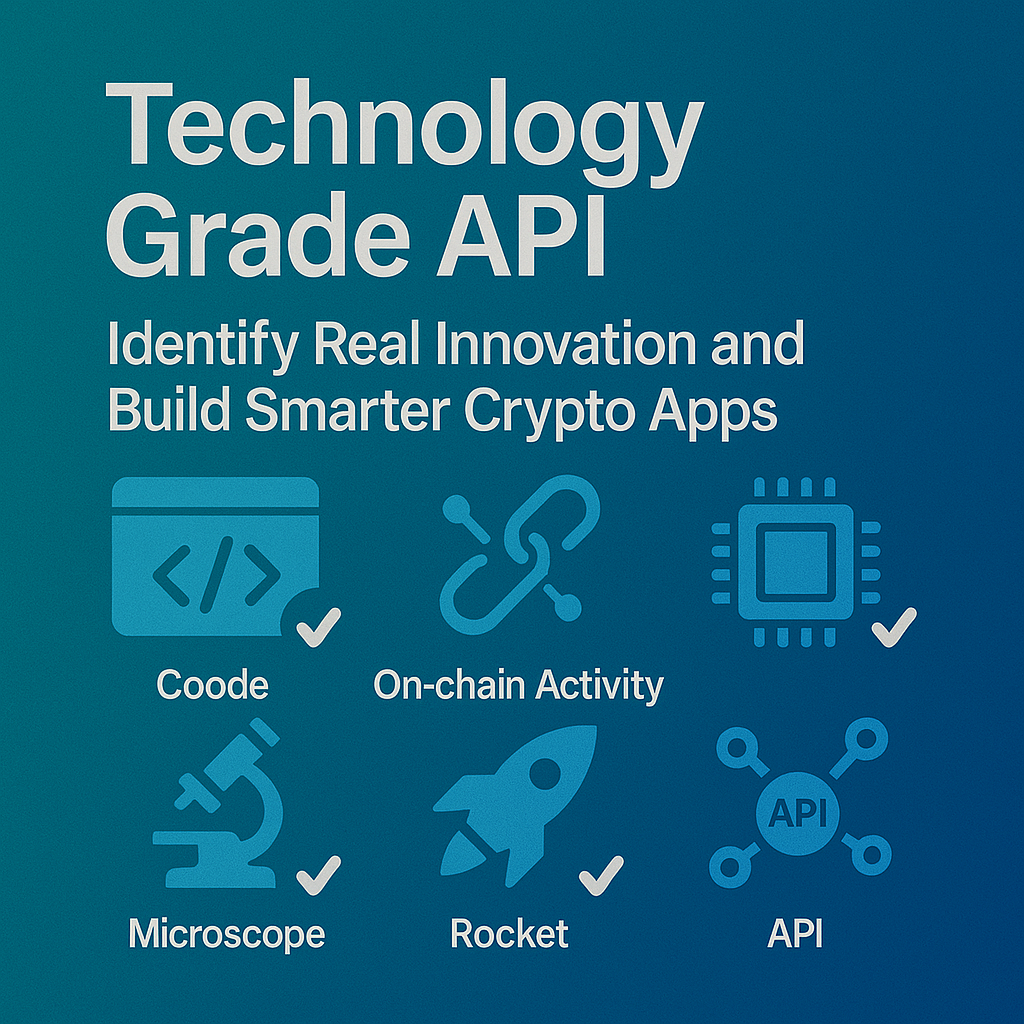
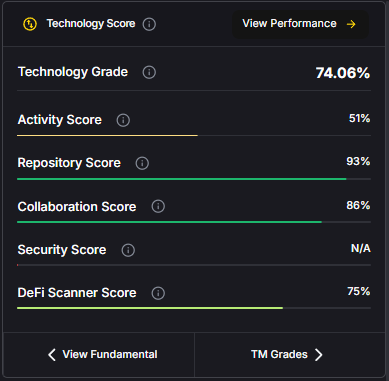
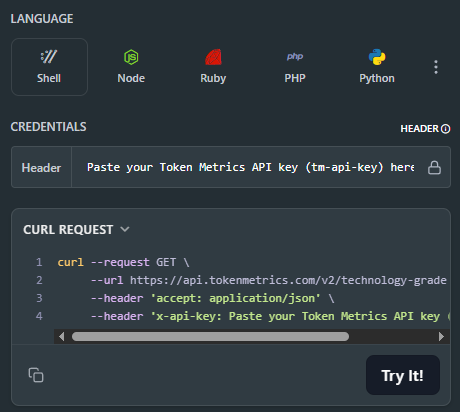
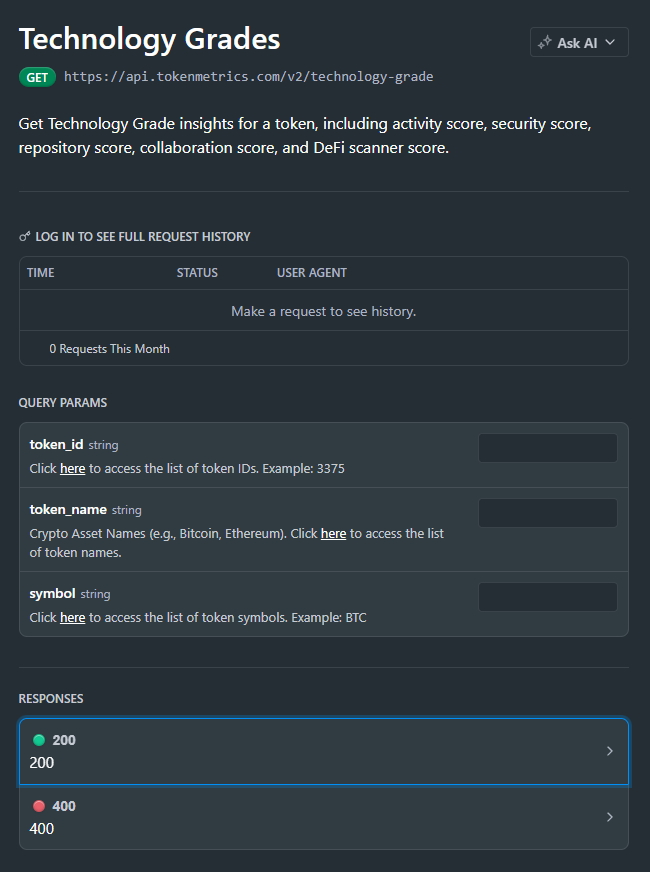




.svg)




.png)